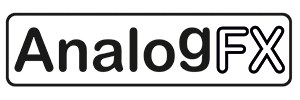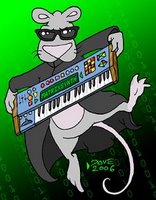Showing posts sorted by date for query Sound Source. Sort by relevance Show all posts
Showing posts sorted by date for query Sound Source. Sort by relevance Show all posts
Friday, December 19, 2025
Monolit + Aelita //
video upload by Sasha DZA
"Aelita is a Soviet analog monophonic synthesizer from the late 1980s. Simple in architecture, it is known for its raw, unstable tone and distinctive analog drift, valued for character rather than precision.
Paired with Monolit, Aelita gains entirely new possibilities. Precise MIDI automation, sequencing, LFOs, and probability-based control extend far beyond its original interface, transforming a classic Soviet instrument into a flexible and contemporary sound source for studio and live performance."
Thursday, December 18, 2025
Yamaha VSS 200 Sampling Keyboard + Patch Bay Demo
Note: links to listings are affiliate links for which the site may be compensated.
via this Reverb listing
Demo in the listing previously posted here.
 "Rare stereo keyboard which combines 100 2-op FM preset sounds, 10 rhythms and an 8-bit sampling function incorporating a four stage envelope generator and 9 adjustable DSP effects.
"Rare stereo keyboard which combines 100 2-op FM preset sounds, 10 rhythms and an 8-bit sampling function incorporating a four stage envelope generator and 9 adjustable DSP effects.
This unit has been custom modified to include a 14 point patch bay (five stackable patch cables included) which allows for the further processing of any sample recorded via the onboard microphone or phono input. The patch matrix generates an array of effects including aliasing, bit crushing, stuttering, bleeping and warped digital degradation, offering numerous unique lo-fi sound design possibilities. See the chapters in the YouTube video description for more details.
-49 half sized keys.
-Six voice polyphony (depending on the mode used)
-100 FM generated presets.
-10 rhythm patterns: 8 Beat, 16 Beat, Rock-A-Ballad, Samba, Bossa Nova, Tango, Swing, Disco, Waltz, March with fill button.
-Sample bit depth: 8 Bit.
-Sample length: 1.9 seconds, 16 kHz- with the option for double tracking.
-Sampling modes: Microphone/Sample Input, Internal voice bank, Overdub.
-9 DSP effects: Loop, U-Turn, Reverse, Echo, Fuzz, FM, AM, Level, Pitch with adjustable levels. Can be tweaked in real time.
-ADSR for amplitude.
-Power source: 9VDC by six "C" size batteries or external power supply.
-Output Ports: 6.35mm Headphone/Aux socket.
-Input Port: Sample In (RCA)."
via this Reverb listing
Demo in the listing previously posted here.
 "Rare stereo keyboard which combines 100 2-op FM preset sounds, 10 rhythms and an 8-bit sampling function incorporating a four stage envelope generator and 9 adjustable DSP effects.
"Rare stereo keyboard which combines 100 2-op FM preset sounds, 10 rhythms and an 8-bit sampling function incorporating a four stage envelope generator and 9 adjustable DSP effects.This unit has been custom modified to include a 14 point patch bay (five stackable patch cables included) which allows for the further processing of any sample recorded via the onboard microphone or phono input. The patch matrix generates an array of effects including aliasing, bit crushing, stuttering, bleeping and warped digital degradation, offering numerous unique lo-fi sound design possibilities. See the chapters in the YouTube video description for more details.
-49 half sized keys.
-Six voice polyphony (depending on the mode used)
-100 FM generated presets.
-10 rhythm patterns: 8 Beat, 16 Beat, Rock-A-Ballad, Samba, Bossa Nova, Tango, Swing, Disco, Waltz, March with fill button.
-Sample bit depth: 8 Bit.
-Sample length: 1.9 seconds, 16 kHz- with the option for double tracking.
-Sampling modes: Microphone/Sample Input, Internal voice bank, Overdub.
-9 DSP effects: Loop, U-Turn, Reverse, Echo, Fuzz, FM, AM, Level, Pitch with adjustable levels. Can be tweaked in real time.
-ADSR for amplitude.
-Power source: 9VDC by six "C" size batteries or external power supply.
-Output Ports: 6.35mm Headphone/Aux socket.
-Input Port: Sample In (RCA)."
Wednesday, December 17, 2025
Tonverk 1.2.0 OS Upgrade
video upload by Elektron
"Tonverk 1.2.0 is here! With some lovely little festive additions to put under the Tonverk tree. We’ve got two new FX to play with, even more options with the existing FX, random mode for the arpeggiator, and further fixes and improvements.
Find out more and download Tonverk OS 1.1.0: https://bit.ly/48T1BjG"
"OS Upgrade: Tonverk OS 1.2.0
We know Grainer, and the 1.1.0 OS that fixed the sync issues, are still fresh on the block, but we had some pretty neat dishes in the oven that didn’t quite make that release. So here is OS 1.2.0, a chance to put a few more little festive additions under the Tonverk tree. We’ve got new effects, even more options with the existing effects, a random mode for the arpeggiator, and some other little additions alongside further fixes and improvements.
New effect: Steel Box Reverb
A third reverb comes to Tonverk, and it’s a whole other flavor. Steel Box Reverb draws on early digital and ’90s plate reverbs, with deliberately wide parameter ranges that let you push sounds from tight metallic rooms to sprawling, resonant spaces. It can clang, bloom, or decay endlessly, making it equally suited to metal can tails or big, characterful ambience.
New effect: Filter Folder
Filter Folder combines wavefolding with filtering and distortion to reshape sound at a more fundamental level. By folding the waveform before it passes through a multimode filter and drive stage, it adds harmonics, grit, and movement that go far beyond traditional filtering. From subtle edge and density to aggressive, overtone-rich transformations, Filter Folder excels at turning simple signals into something far more complex.
More FX availability
If those two additions weren’t enough (for now) we’ve also extended Tonverk’s FX powers in other ways too. Daisy Delay can now be used on all tracks - and Frequency Warper can now be wielded on all audio tracks, bus tracks and mix. Use these two awesome options wherever your echoing, warped heart desires.
Random Arp
Random Arp introduces controlled unpredictability to arpeggiated patterns, reshuffling note order on the fly to generate evolving melodies and unexpected variations.
And more
There’s a few other stocking fillers too. Pattern mute, improved gain reduction and new sidechain sources for the compressor, shorter samples available to use on Grainer, and improved tempo stability when simultaneously receiving clock and large amounts of MIDI data from an external source, such as Octatrack. Plus various other fixes and improvements."
Monday, December 15, 2025
Toto’s Steve Porcaro Shows How He Created the Synth Sounds on Africa, Human Nature, Rosanna, ...
video upload by Anthony Marinelli Music
"In this monumental video, I’m sitting down in Steve Porcaro’s studio for a rare, up-close demonstartions at how one of the true synth legends created some of the most iconic sounds in music history.
What makes this so special is that Steve takes us step by step through the exact synthesizer techniques he used on massive hit records — including Michael Jackson’s 'Human Nature,' Toto’s 'Africa' and 'Rosanna,' as well as classic tracks for Hall & Oates, Don Henley, Donna Summer, and more. He also recreates these sounds on the same model vintage synthesizers he used on the original recordings.
As we dig in, Steve shares his personal approach to synthesis, how he builds multi-dimensional sounds, thinks about atmosphere and texture, and shapes parts so they serve the song emotionally, not just sonically. He also reveals how he writes out synthesizer parts on score paper, treating synths like orchestral instruments and arranging them with real intention.
This isn’t a preset rundown or surface-level demo. It’s a candid, in-studio conversation about process, musical thinking, with hands-on demonstrations from someone who helped define the sound of an era. If you’ve ever wondered how these legendary synth parts were truly made, now you can get it straight from the source, this is a moment you don’t want to miss!"
F*ck With Sound ships Break On Through and Bring It On Eurorack Modules
Press release follows:
 F*ck With Sound ships Break On Through and Bring It On, debuting dedicated DACS Audio brand with extraordinary Eurorack modules living up to noteworthy name
F*ck With Sound ships Break On Through and Bring It On, debuting dedicated DACS Audio brand with extraordinary Eurorack modules living up to noteworthy name
GATESHEAD, TYNE AND WEAR, UK: having opened ears in October when debuting during the Bristol, UK-hosted Machina Bristronica 2025 event showcasing electronic music culture and technology, dedicated DACS Audio brand F*ck With Sound is proud to ship Break On Through and Bring It On — opening an absorbing new chapter in the award-winning high-performance, well-engineered product producer’s four-decade-spanning design and manufacturing history with a FET distortion unit (based on an extension of what was originally a microphone level limiter) and a ring modulator boasting a super-smooth sound, really low breakthrough, and switchable WEIGHT and EDGE controls (which will both be familiar to users of DACS Audio’s legacy FwS FREQue, much-lauded as a 2U rack-mount, two-channel ring modulator outboard effect), respectively, representing extraordinary Eurorack modules living up to the newly-launched brand’s noteworthy name — as of December 15…
As a FET distortion unit based on an extension of what was originally a microphone limiter, the basic circuit behind F*ck With Sound’s Break On Through module has been used — and abused! — by producers for years, more recently emulated as a plug-in, before being effectively adapted to join the ranks of the ever-expanding Eurorack marketplace. Maintains DACS Audio Managing Director Dr Douglas Doherty: “After reading about Soundtoys’ Devil-Loc plug-in, I was intrigued. We were looking for a distortion unit to go in a mic pre under development. I had heard about Tchad Blake’s work with the original Shure Level-Loc — particularly on drums, and this seemed like a bit of serendipity that had to be acted upon! The perfect fit. In the end, we didn’t proceed with the mic pre, but it was clear that this would be ideal for modular system users.”
Bringing Break On Through to market as a 14HP-sized Eurorack module — based on a classic analogue microphone limiter design that was, according to legend, hijacked by an electronics-savvy record producer, and used on numerous records for ‘breaking through’ with drums and percussion, particularly — was easier said than done, however. “As always, there were many hurdles,” admits Dr Douglas Doherty, before continuing: “The original circuit was for microphones, so it had to be upped for line level; it was single voltage rail, so had to be adapted for dual voltage rail; the interaction of the threshold and input gain needed some tweaking; and we wanted to adjust the release. After a few prototypes, we arrived at the current unit, which is very responsive and versatile. Control-wise, it has an input gain [IN GAIN] and a threshold setting, which we call BREAK; as well as the manual BREAK control, there is also a CV input [IN] to modulate the threshold. There is a variable RELEASE control that can produce some very interesting results, depending on the nature of the input. On the output, we also have gain [OUT GAIN], and a CV input [IN] to modulate the output level [GAIN MOD].”
Musically speaking, the end result “…is a brick wall limiter that can — by upping the input level — be pushed into distortion,” describes Dr Douglas Doherty, justifiably proud of the fact that F*ck With Sound successfully upgraded and updated the circuit concerned to produce a colouring block with a vast pallet. “With dynamic material such as drums, it can be set for only peaks to distort — the rest remaining clean. That quality was commented upon by a couple of distortion aficionados atMachina Bristronica.” Break On Through features — hitherto unmentioned — worth highlighting here include: LED indication for distortion; solid metal sleeve jacks for longevity and stability; and custom DACS Audio aluminium knobs.
Sunday, December 14, 2025
DeftAudio Introduces Korg DDD-1 / DDD-5 Programmable PCM Card
video upload by DeftAudio



"The ultimate modern upgrade for your vintage Korg drum machines Bring new life, flexibility, and creative range to your Korg DDD-1, DDD-5, and DRM with the Deftaudio PCM Custom Card, a fully programmable, multi-bank PCM expansion designed for musicians, sound designers, and vintage gear enthusiasts.
Github:
https://github.com/Deftaudio/DDD1_DDD...
Store:
https://deftaudio.com/store/tproduct/...
8 Banks of Instantly Switchable Sounds
The card stores up to 8 PCM banks in non-volatile memory, each selectable via the front-mounted DIP switch panel for fast hands-on switching during sessions or performance.
Each bank provides up to 8 sound slots with roughly 1.5 seconds of shared sample time, ideal for drum hits, percussive textures, stabs, and short FX.
Seamless Integration with Korg DDD-1/DDD-5 OS
All sound names are properly recognized and displayed on the DDD-1/5 screen, making this user-friendly PCM upgrade available.
USB-C Programmable
Load your own samples using the built-in USB-C interface.
Windows companion scripts are included for fully automated import; macOS and Linux users can run them via Parallels, VirtualBox, Wine, or similar environments.
Supports standard WAV files with no special requirements. Sounds are automatically trimmed, resampled, mono converted to maximize utilization of internal memory.
Visual Feedback While You Work
A perimeter LED indicator provides clear visual activity cues while accessing or programming the card, it adds a vintage gear aesthetics.
Open Source & Fully Hackable
Based on PicoROM open-source project, the Deftaudio PCM Custom Card is highly modifiable for developers and power users who want to customize behavior, storage layouts, or even firmware.
PCM conversion scripts are highly modifiable and tweakable. Based on previous work of R-Massive and shared back with a community.
Fully Github documented, DIY community is welcomed."
Friday, December 12, 2025
Flame Maander-M Desktop Eurorack Wavetable Synth
A few pics via CONTROL
New version demo here, previous version in white here.
Details:
 "A Streamlined Classic! Mäander-M Wavetable Synth with Analog Filterbank & Sequencer
"A Streamlined Classic! Mäander-M Wavetable Synth with Analog Filterbank & Sequencer
The Flame MÄANDER-M is a compact reimagining of a well-regarded classic from the Flame lineup — now more affordable and streamlined, but still packed with the same sonic depth. At its core is a wavetable synth engine, fed into the 12-channel analog bandpass filter bank, controlled by the internal pattern sequencer.
Sound sources include a polyphonic wavetable and FM oscillator, an analog white noise generator and an external audio input. The internal sequencer offers one polyphonic note track (up to 4-voice chords) and 14 mono tracks. The latter are dedicated to the filter channels, the audio input, and the noise source. Each track has its own VCA with individual envelope control and is accessible via MIDI notes.
Patterns can be created and saved as patches, and played live with ease. The built-in arpeggiator and keyboard scaler make the MÄANDER a powerful tool for live jamming and generative sequencing. Updates, patch management, and wavetable loading are handled conveniently via MIDI SysEx.
New in this version: direct oscillator output, stereo noise output, and stereo audio input. Mäander comes fully mounted in a powered 56HP wooden skiff to get started right away.
The Mäander module comes with a custom-made 56HP Eurorack case. Consisting of black anodised aluminium half-shells with wooden side panels, the case has a desk-style design. It includes a built-in power supply (+5V, +12V and -12V, each with an output current of 500 mA) and a plug-in power supply (9–18 V, 18 W), and can therefore also be used as a separate Eurorack case with other modules. The case is manufactured entirely in Germany, and the elegant wooden side panels are crafted from locally sourced wood, including cherry and elm."
Christmas lights from OP-1 + Modular and Microcosm
video upload by Music4screens
"Super dusty signal through TASCAM portastudio for extra noise and analog sauce. Sound source OP-1 in reverse tape, processed by modular Sealegs and Microcosm out of the Eurorack.
The sounds evolves by itself in a way I couldn't control, and I loved it!
@teenageengineering @HologramElectronics @intellijel
#ambientmusic #lofi #ambientcuration #eurorackmodular #experimentalmusic"
Thursday, December 11, 2025
Error Instruments Introduces Errormin Eurorack Module
video upload by errorinstruments paul tas
Errormin Compact
• Light-Sensitive
• Noise & Oscillator
• CV Controller Errormin is an ultra-compact, light-reactive sound module that blends noise generation, analog oscillation, and control-voltage modulation. It’s designed to take minimal space in your setup while delivering unpredictable, experimental sound textures. Use it as a controller, a sound source, or both. ⸻ Outputs
• CRISP (Noise Output) A crackling, textural noise source. Highly sensitive to light and modulation. Create endless happy accidents by shaping incoming light or feeding CV into the module—expect crunchy textures, shifting timbres, and glitchy surprises.
• CV Output A flexible control-voltage output ranging from 0 to 5V. Use it to modulate other modules in your system with light-based gestures or internal motion.
• SINE Output A warm, analog sine oscillator with deep, dark low-end character. Great for bass tones, drones, or adding analog weight to your patches. ⸻ Inputs
• CRISP CV Inputs (2x) Modulate the noise engine with LFOs, sequencers, or other sources. Scan through waveforms for shifting textures, gritty edges, or glitch effects.
• SINE CV Input Control the warm analog oscillator for vibrato, pitch sequences, or evolving tones. ⸻ Overview Errormin is an active module designed for maximum experimentation in minimum space. It behaves like a controller, a sound generator, and an unpredictable partner in your patching workflow. Check out the demonstration videos and explore how many happy accidents you can create.
Wednesday, December 10, 2025
Atari Punk Console : Granular Synthesis with the Atari Punk Console (APC) : Vaemi #clouds #fm #synth
video upload by Vaemi
"ENG
After running and filtering the output of the Atari Punk Console through an OTA filter, we continue processing the sound with granular synthesis. We combine the granular engine with a function generator, a random noise source, and an LFO to produce multiple random voltages, which we use to control various parameters of the granular structure. The VAEMI Analog Sequencer modulates the first oscillator of the Atari Punk Console—essentially controlling the fundamental frequency of the patch. The second oscillator is modulated by an LFO, creating arpeggio-like movements. The reverb algorithm is generated internally within the granular engine. Enjoy watching.
TR
Atari Punk Console’un çıkışını bir OTA filtreden geçirip filtreledikten sonra, sesi granular sentez ile işlemeye devam ediyoruz. Granular’i bir function generator, bir random noise kaynağı ve bir LFO ile kombine ederek çok sayıda rastgele voltaj ürettik ve bu voltajlarla granular yapıyı kontrol ediyoruz. VAEMI Analog Sequencer, Atari Punk Console’un birinci osilatörünü—yani patch’in temel frekansını—modüle ediyor. İkinci osilatörü ise bir LFO ile modüle ederek arpej benzeri hareketler oluşturuyoruz. Reverb algoritması ise granular motorunun kendi içinden geliyor. Keyifli izlemeler."
Vaemi's Atari Punk Console is available in stand alone and eurorack format. See the announcement post here.
Tuesday, December 09, 2025
OB-Xf - a great sounding Oberheim from the Surge team
video upload by abominable music
"OB-Xf is an open source (GPL3 license) project from the Surge team aiming to recreate the sound of the classic Oberheim OB-X. Available as a standalone application on macOS, Windows, and Linux (VST3, AU, LV2, CLAP formats). Building on existing work from 2DaT and discoDSP (OB-Xd) and still in Beta, this can be downloaded from the developer Github repo: https://github.com/surge-synthesizer/...
The synth doesn't have effects, I'm using Valhalla Supermassive for reverb in these demos
My custom patches are available for free on my KoFi page: https://ko-fi.com/s/6419dc9bea"
Thursday, December 04, 2025
Gene CHROMAGENE - First Look
video upload by Gene Synths





"Pre-order at http://genesynths.com
Sound recorded directly from the back of the synth (No added effects / eq / reverb etc).
CHROMAGENE is an all analog, stereo polyphonic synthesizer with two halves. One half is an 8 voice 2 VCO polysynth where every oscillator can be tuned independently or transposed together, the other half is a polysynth that uses the Ring Modulated output of each pair of oscillators as its signal source.
This wide range of sound sources along with two analog filters and an on-board sequencer give Chromagene a wide palette of tones and textures.
Inspired by the earliest polysynths of the 1970s, it is fully polyphonic
(all 16 notes can be played at the same time), can be tuned to any scale or tuning,
is multi-timbral and touch sensitive.
The instruments key contacts are Immersion Gold plated and non-corrosive.
At the top, there are 16 tuning controls for the 8 pairs of oscillators. Each tuning control has a momentary pitch bend touch sensor below, so you can articulate each note individually. The top row of tuning controls (VCO-1) also shifts the oscillator below it, but the second row of tuning controls are independent. This allows you to preserve the tonal relationship by using the top tuning controls, or change it by detuning VCO-2.
These tuning controls allow you to tune the 8 pairs of oscillators to any scale, from a standard equal tuning to any microtonal, non-western or even unison tuning.
VCO-1 has a Pulse Width Modulation control and each set of oscillators has a master tuning control and an individual LFO control.
The 8 analog ring modulators take the VCO signals and multiply their output. VCO-2 is converted to a triangle pre-ring-modulator so that the ring modulated signal is fully continuous and not binary like pseudo-ring-modulators in some synths. This means you can create virtually any waveform by carefully tuning the input VCOs, and an endless variety of tones can be generated for each note individually.
The two filters, which can be panned from mono to full stereo using the panning control, are all-analog all-transistor low-pass VCFs, with individual cutoff, resonance and envelope-mod controls. The envelope amount controls go from negative (inverted) to positive. VCF-1 has mixer controls for VCO-1 and 2, and VCF-2, which is for the Ring modulated notes, has LFO cutoff modulation and Panning.
The 16 independent envelope generators have Attack, Decay, Sustain and Release controls.
The sequencer can be internally or externally clocked. Custom sequencer configurations can be set up, get in touch.
The synthesizer is built into a hand-made wood case.
Specifications
16 note polyphonic, multi-timbral
16 voltage controlled oscillators, tuneable to any scale
8 ring modulators (true ring mod, not xor)
All analog. Class A audio path
2x transistor filters with cutoff, resonance, attack (env mod +/-), lfo/panning controls
16 VC Envelope Generators (Attack, Decay, Sustain, Release)
24 VC Amplifiers (1 per oscillator + 1 per ring modulator)
Oscillator LFO modulation
Pulse Width modulation
Touch-sensitive pitch bends
16-note gold plated touch sensitive keyboard
In built sequencer, internally or externally clocked
2.1mm 9v centre negative power input
Can run on an external standard type 9v battery (please ask for a special adaptor cable if required)
2x 6.35mm (1/4 inch) audio output
6.35mm (1/4 inch) external clock input
27 x 22 x 5 cm
£1,055 special introductory price.
NOTE This is a pre-order. Delivery will be approximately one month after you pre-order (date will be confirmed via email).
Synth uses a standard guitar pedal type power supply (9v tip negative), I no longer include the power supply as I receive orders from lots of different countries, but I am happy to advise on power supply models."
Wednesday, December 03, 2025
Exploring the 259tDiscovering the 259t Sound | Tiptop Buchla Patch with 245t, 266t, 281t & 292t
video upload by VoxModula Archives
"In this patch talk, I explore the timbral range of the Tiptop Buchla 259t Complex Oscillator, using the 245t, 266t, 281t, and 292t to build a dynamic, evolving modular voice.
The session is fully improvised and recorded live — a look into the interaction between control voltages, random modulation, and the organic response of the Buchla 200-inspired system.
🎛️ Modules used:
• Tiptop Buchla 259t Complex Oscillator
• Tiptop Buchla 245t Sequential Voltage Source
• Tiptop Buchla 266t Source of Uncertainty
• Tiptop Buchla 281t Quad Function Generator
• Tiptop Buchla 292t Quad Lopass Gate"
Tuesday, December 02, 2025
DELIA Macro Oscillator Mode Update Melbourne Instruments Hybrid Analog Polysynth
video upload by Melbourne Instruments
"Introducing the powerful new Macro Oscillator Mode firmware update for DELIA, Melbourne Instruments' motorized hybrid polysynth. This major enhancement adds 45 synthesis waveform models using open-source code from Émilie Gillet’s Mutable Instruments Braids, one of the most celebrated Eurorack synth modules.
This new mode dramatically expands Delia’s sonic capabilities, unlocking a new world of synthesis, from classic analog textures to cutting-edge digital experimentation. Powered by Delia’s innovative architecture, the new Macro Oscillator Mode delivers an incredibly versatile hands-on sound design experience unlike any other.
This video demonstrates just some of the 50 new presets, exploring the sonic possibilities of the new Macro Oscillator.
Each waveform model is shaped by two expressive parameters, Timbre and Color, adapted from the original Braids module. These controls affect multiple tonal dimensions simultaneously, producing evolving, complex, and musically responsive sounds.
Macro Oscillator Mode introduces a diverse palette of waveform types, including:
• classic analog VCO emulation
• additive and digital synthesis
• vowel/formant synthesis
• 2-operator FM
• simulation of string and wind instruments
• wavetable synthesis with smooth XY interpolation
• filtered/colored/pitched noise
• granular synthesis
• electronic drum sound simulation
0:00 Intro
0:50 Let's explore new presets
0:56 Lifeforce Stack
1:10 Science Fact
1:28 4UP
1:43 Glass Diver
1:57 Well Strung
2:12 Trance 8000
2:27 Bass Folder 1
2:43 Rez Kick Pattern
2:53 Spectral Keys
3:12 Destination Pad
3:34 Rough Talker
3:51 Poly Wah
4:14 RND Walk
4:29 Cycling Flutter
4:46 Big House
4:59 Macromash Wobbler
5:12 Mario Arp
5:24 56k Modem
5:38 Ultimate Trance
The Macro Oscillator firmware update is available now for all Delia users, download here:
https://www.melbourneinstruments.com/...
Learn more about Delia:
https://www.melbourneinstruments.com/...
Discover more at Melbourne Instruments
https://www.melbourneinstruments.com/"
Thursday, November 27, 2025
Behringer Grind: 50 Dark Modular Patches+Patterns. Jam Demo
video upload by Anton Anru
"🧿 Encrypted Pulse is a collection of 50 patches for the semi-modular synthesizer Behringer Grind. The bank includes: 11 Basses, 12 Leads, 12 Plucks, and 15 Chords.
⚙️ The centerpiece of Grind is its multi-mode oscillator — a powerful and flexible sound source capable of generating a wide variety of tones. This collection was born from an exploration of that oscillator’s potential in combination with the synth’s other sections and the patchbay.
📦 Get these patches: https://antonanru.sellfy.store/p/grin...
🔮 In this collection, I aimed to create dark, noisy, gritty, and sometimes atonal presets suitable for genres such as techno, ambient, IDM, industrial, deep, house, progressive, downtempo, breaks, drum 'n' bass, and others.
Creative Cross Modulating Eurorack Filters // Double Bubble by Thonk Synth
video upload by DivKid
"Here we have a new Eurorack DIY stereo filter from Thonk Synth. It's a stereo analogue multi mode filter made for creative modulation. Whether it's dual parallel channels, series filer routings, mono to stereo, stereo in and out or even mono filtering with a separate filter modulator (a filter modulator? What? - heads up, it's ace!). Check out the patches below."

"Double Bubble is a 16HP Eurorack dual analog multi‑mode filter designed for creative sound design and flexible signal processing. Each channel features an analog filter core that can operate in one of four modes – Low‑Pass, High‑Pass,
 Band‑Pass, or Notch. The input of Channel A is normalled to Channel B so its easy to create stereo filter patches from a mono sound source.
Band‑Pass, or Notch. The input of Channel A is normalled to Channel B so its easy to create stereo filter patches from a mono sound source.The two channels of Double Bubble can run as independent dual mono filters or be linked together for stereo operation. The filters can also be routed in serial configuration to create more complex signal paths such as a variable width bandpass or notch phasing effects. The SPACING control and wide range of CV inputs give deep modulation possibilities such as dynamic formant style filtering.
The FEEDBACK and XMOD (cross‑modulation) controls add further interaction between the two channels, ranging from subtle harmonic enhancement at low settings to more extreme, self‑modulating textures when increased. The dedicated V/OCT inputs for each channel allow the filters to function as FM oscillators or tone sources when pushed into self‑oscillation. This flexibility allows the Double Bubble to cover a wide range of roles, from precision cascading filter patches to dynamic stereo filtering and experimental feedback adventures!
Features:
Dual analog VCF with LP, HP, BP & Notch outputs
Resonance control per channel with switchable compensation
Mono, serial, parallel, stereo link routing options.
Cross modulation (XMod), FM and V/oct inputs per channel
Feedback with positive & negative phase
Frequency Offset Spacing with CV control
LED indicators for visual feedback on modulation and modes.
Designed in-house at Thonk"
Wednesday, November 26, 2025
Doepfer A-188-9 High Speed VCO - Audio Demo
video upload by Doepfer Musikelektronik GmbH
"Over the last month, we have been recording videos for our Instagram channel. Here is a compilation of some of the clips!
In the video, the A-121-S stereo filter is mainly used as an end-of-chain filter. In combination with the A-149-4 quad random voltage source, it is possible to add modulation to the stereo field.
The feedback path was often patched in the clips, for example with a bandpass filter that had high resonance. This can lead to some pretty crazy sounds, as you can hear!
Another interesting thing to try is playing really high or low notes. Some of these the BBD is unable to track, which results in some quite nice glitches.
The A-188-9 and A-188-1 BBD combo offers a wide range of sound possibilities and often produces happy accidents. It's totally worth trying!
Questions? Let us know!
Module A-188-9 is a so-called high speed VCO that tracks prefectly to the 1V/oct scale in the frequency range of about 15kHz ... 500 kHz. The main application is the exact drive of BBD modules (A-188-1/2) to generate sounds realized by means of the so-called Karplus-Strong synthesis. But even in cooperation with other modules featuring high speed inputs (e.g. digital noise, delay, frequency divider) the A-188-9 makes sense. In principle, the module is made of a precision audio VCO followed by a PLL (phase locked loop) unit that multiplies the frequency of the audio VCO by 32. Thus the module can be used also as an audio VCO as it features the standard waveforms sawtooth, triangle and rectangle with adjustable pulse width."
See the announcement post here.
Thursday, November 20, 2025
Eurorack Audio & CV Sampling that's Powerful but Simple to use! // VENO ORBIT from Venus Instruments
video upload by DivKid
Check with dealers on the right for availability. Pics and additional details below.
"Fantastically fun, feature packed, powerful yet simple to use Venus Instruments have brought a tonne of flexibility to Eurorack sampling and looping with the VENO ORBIT.
There's multiple bonus patch from scratch uncut videos exclusive to / divkid supporters - head there to join the community and gain access."
Exploring the 259tDiscovering the 259t Sound | Tiptop Buchla Patch with 245t, 266t, 281t & 292t
video upload by VoxModula Archives
"In this patch talk, I explore the timbral range of the Tiptop Buchla 259t Complex Oscillator, using the 245t, 266t, 281t, and 292t to build a dynamic, evolving modular voice.
The session is fully improvised and recorded live — a look into the interaction between control voltages, random modulation, and the organic response of the Buchla 200-inspired system.
🎛️ Modules used:
• Tiptop Buchla 259t Complex Oscillator
• Tiptop Buchla 245t Sequential Voltage Source
• Tiptop Buchla 266t Source of Uncertainty
• Tiptop Buchla 281t Quad Function Generator
• Tiptop Buchla 292t Quad Lopass Gate"
Rare Folktek Micro Garden - Electro Acoustic Drone Synthesis
Note: links to listings are affiliate links for which the site may be compensated.
via this eBay listing
You can find demos in previous posts here.
 "For sale is one of the rarest and most sought after in the Folktek Garden Series, The Micro Garden. It is signed by the developer and artist Arius Blaze. It is in very good cosmetic, and 100% operational condition, with no noisy pots, etc. The Micro Garden will ship to include the Power Supply. Insured shipping is $ 40 within the Continental U.S., and all sales are final. Listed below is some information provided by Folktek.
"For sale is one of the rarest and most sought after in the Folktek Garden Series, The Micro Garden. It is signed by the developer and artist Arius Blaze. It is in very good cosmetic, and 100% operational condition, with no noisy pots, etc. The Micro Garden will ship to include the Power Supply. Insured shipping is $ 40 within the Continental U.S., and all sales are final. Listed below is some information provided by Folktek.
The Garden is a conceptual sound art work and a phenomenal instrument for extending micro sounds into waves or generating odd sounds based on an acoustic source. The sound very much reflects the aesthetic - an electric garden with waves growing from the sound field they're created from. The sound board and spouts of wire extending from it are picked up with high sensitivity and run through a digital delay with a very warm sound. This delay can be as tight as possible or extend to about one and a half seconds. Every sprig of string has a unique sound and the Garden can be played as a percussion piece or soundscape generator. The feedback can be adjusted to generate long extensions of micro sounds to become waves then captured in long format if desired. There is as much musical potential as there is a potential for strange sounds - bits of waves can be stretched in real time and become distant-relative abstractions of themselves."
via this eBay listing
You can find demos in previous posts here.
 "For sale is one of the rarest and most sought after in the Folktek Garden Series, The Micro Garden. It is signed by the developer and artist Arius Blaze. It is in very good cosmetic, and 100% operational condition, with no noisy pots, etc. The Micro Garden will ship to include the Power Supply. Insured shipping is $ 40 within the Continental U.S., and all sales are final. Listed below is some information provided by Folktek.
"For sale is one of the rarest and most sought after in the Folktek Garden Series, The Micro Garden. It is signed by the developer and artist Arius Blaze. It is in very good cosmetic, and 100% operational condition, with no noisy pots, etc. The Micro Garden will ship to include the Power Supply. Insured shipping is $ 40 within the Continental U.S., and all sales are final. Listed below is some information provided by Folktek.
The Garden is a conceptual sound art work and a phenomenal instrument for extending micro sounds into waves or generating odd sounds based on an acoustic source. The sound very much reflects the aesthetic - an electric garden with waves growing from the sound field they're created from. The sound board and spouts of wire extending from it are picked up with high sensitivity and run through a digital delay with a very warm sound. This delay can be as tight as possible or extend to about one and a half seconds. Every sprig of string has a unique sound and the Garden can be played as a percussion piece or soundscape generator. The feedback can be adjusted to generate long extensions of micro sounds to become waves then captured in long format if desired. There is as much musical potential as there is a potential for strange sounds - bits of waves can be stretched in real time and become distant-relative abstractions of themselves."
NEXT PAGE
HOME
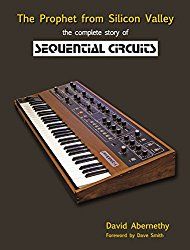
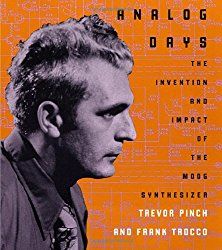
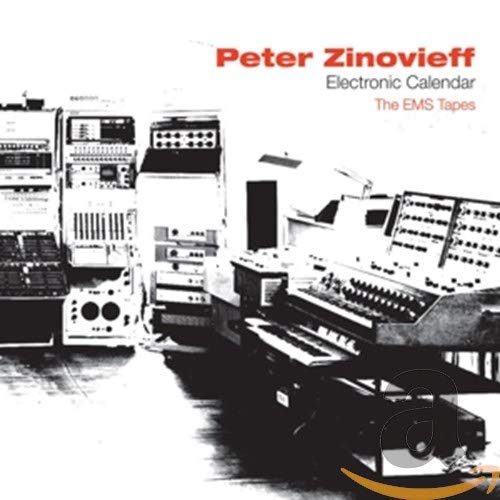
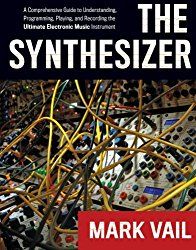
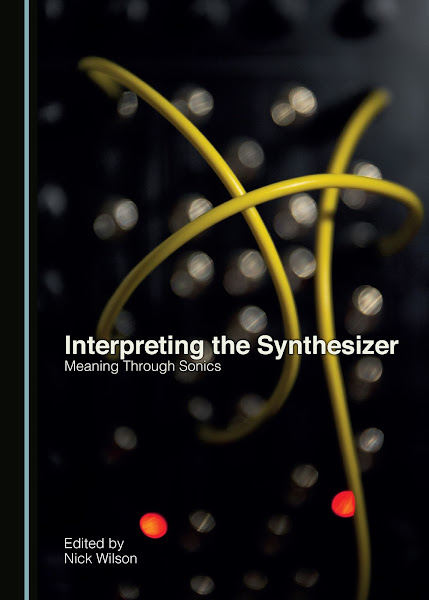
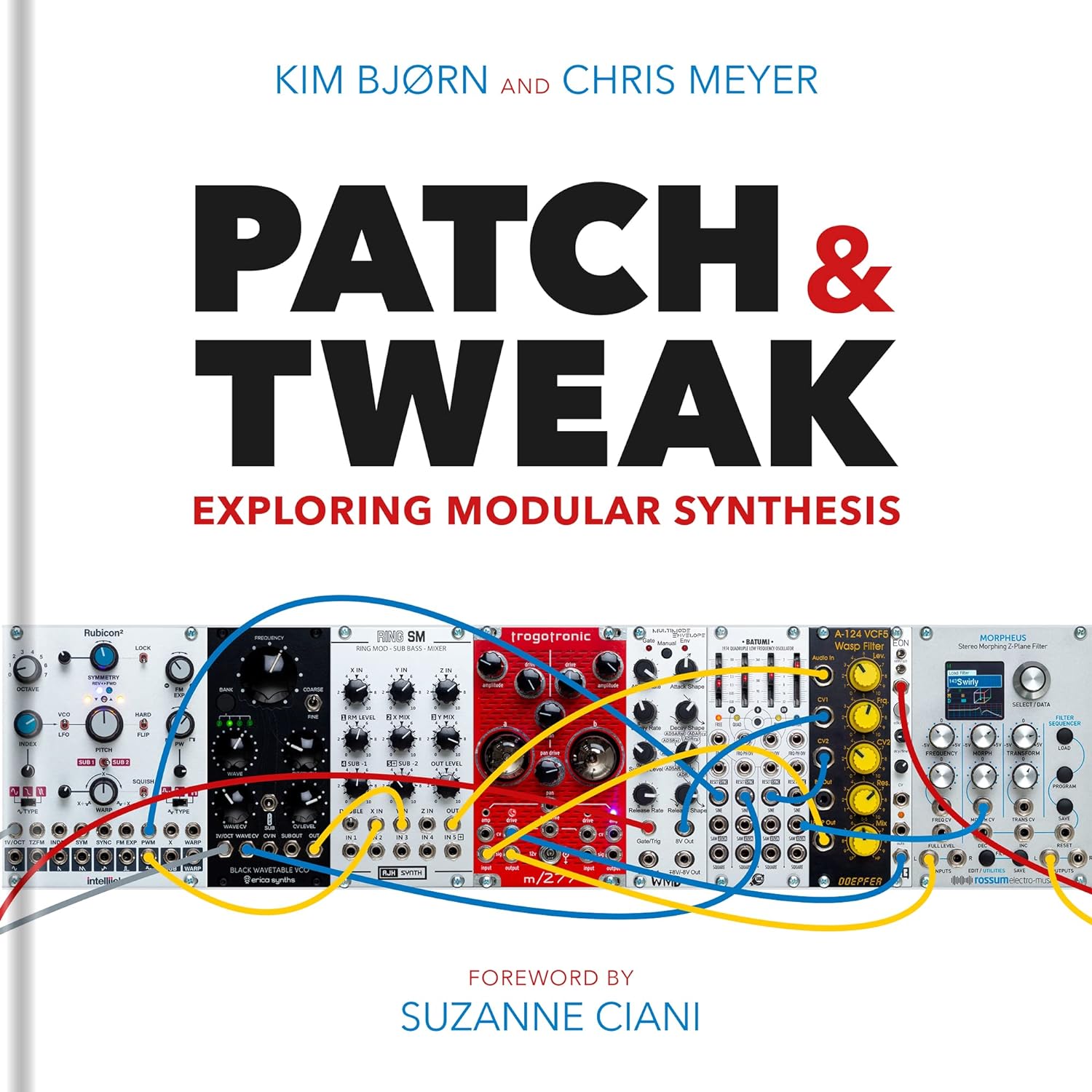

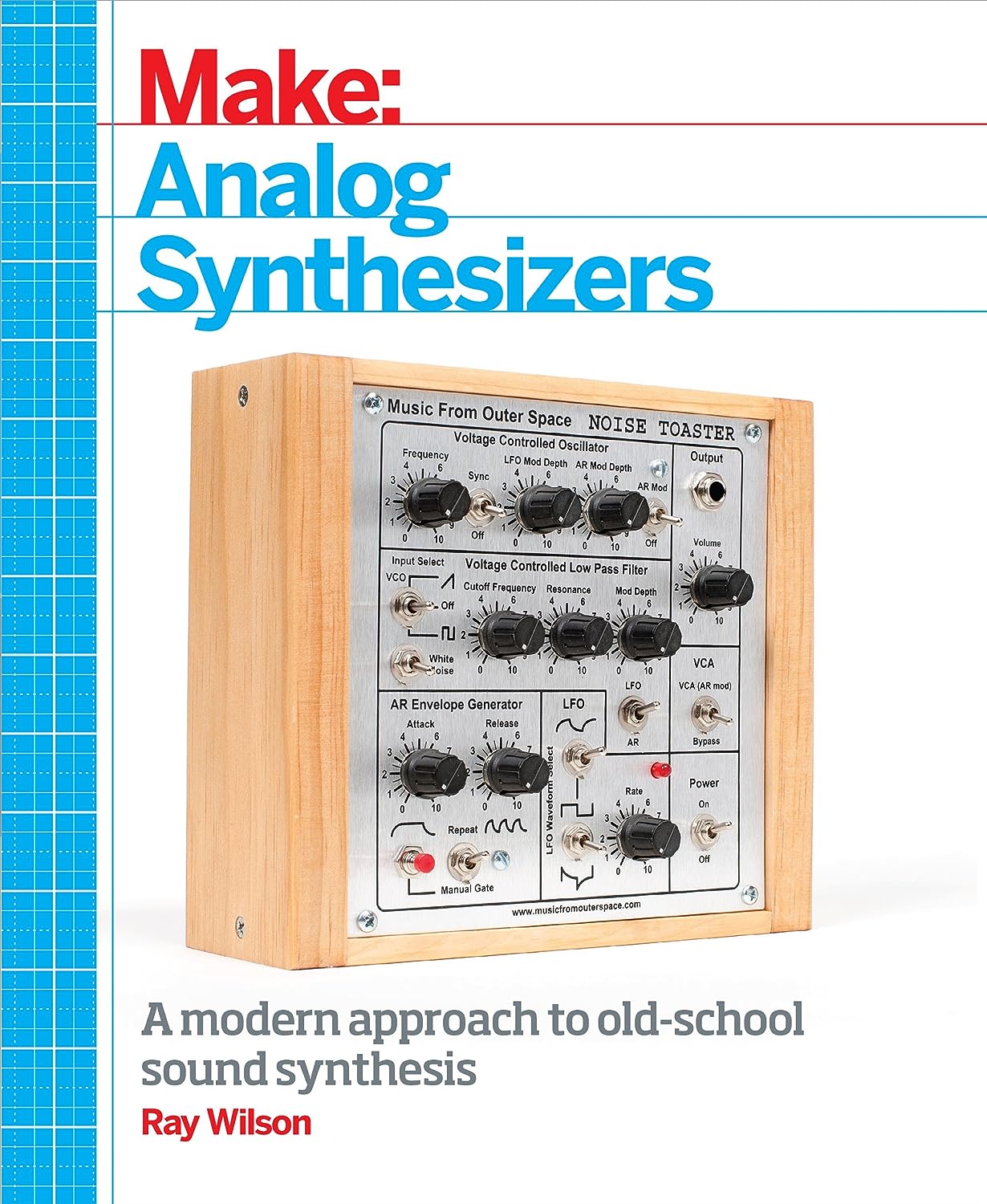
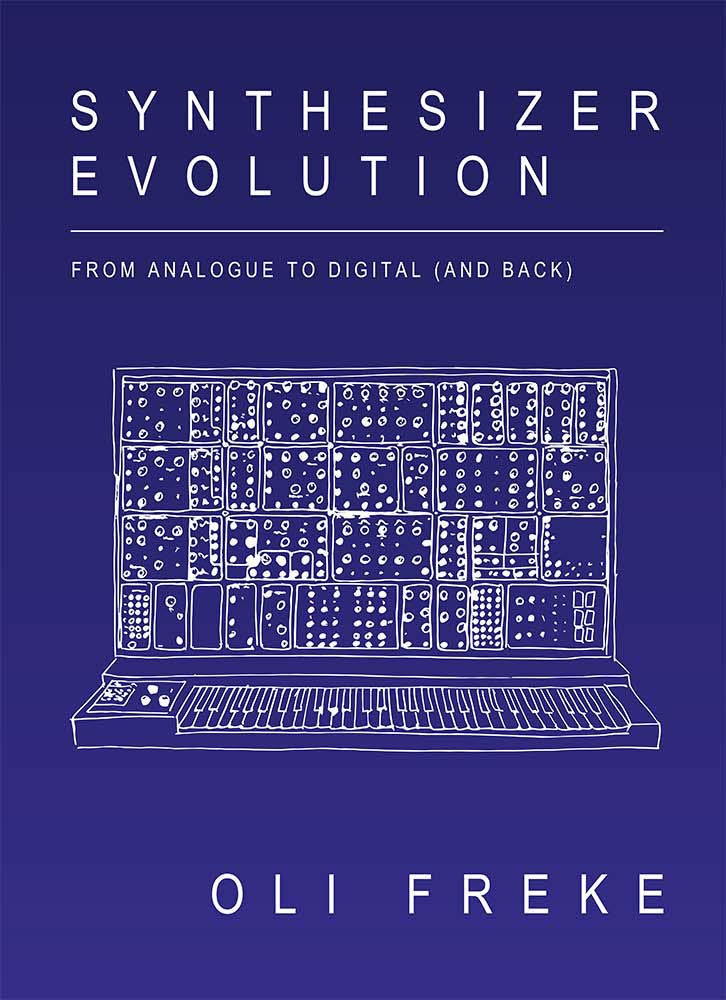
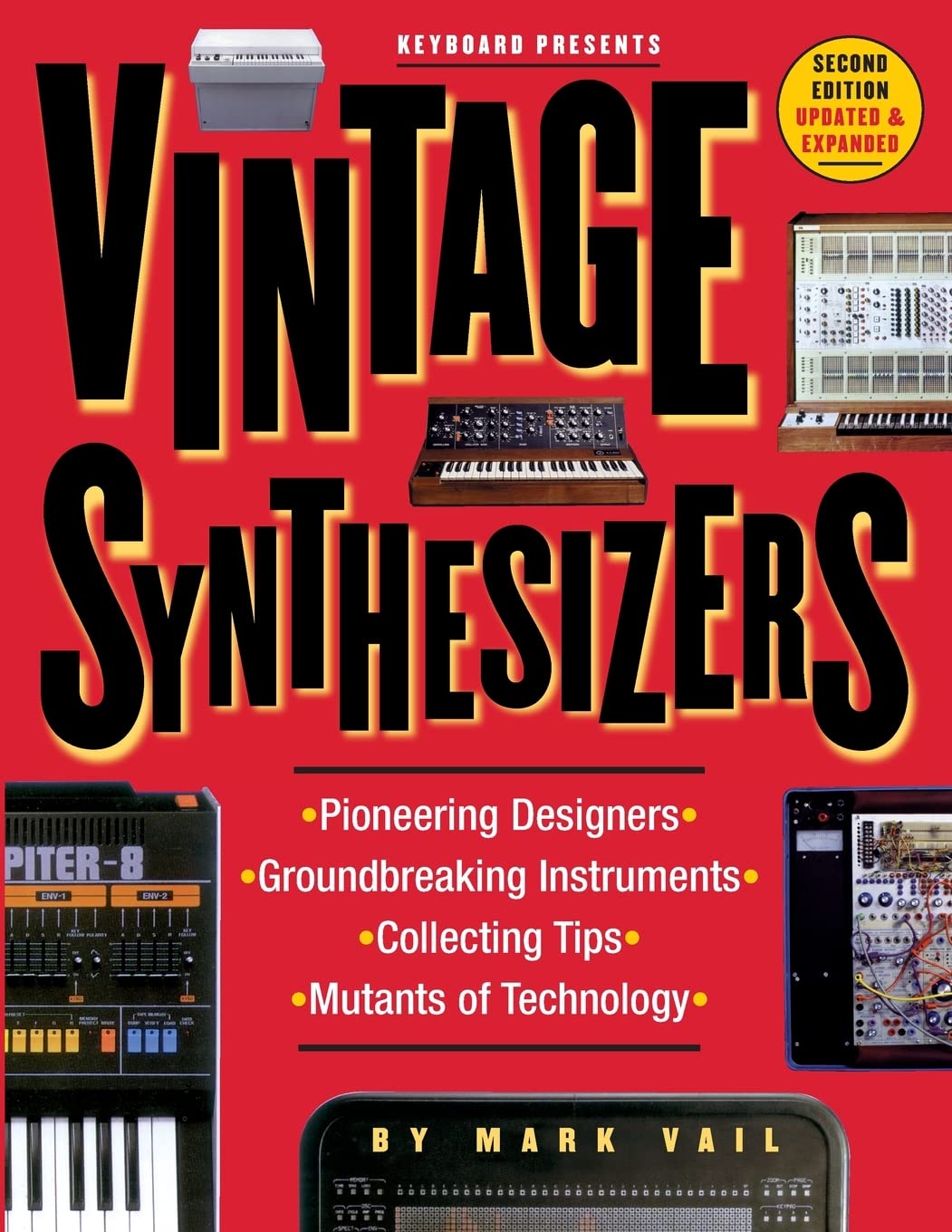
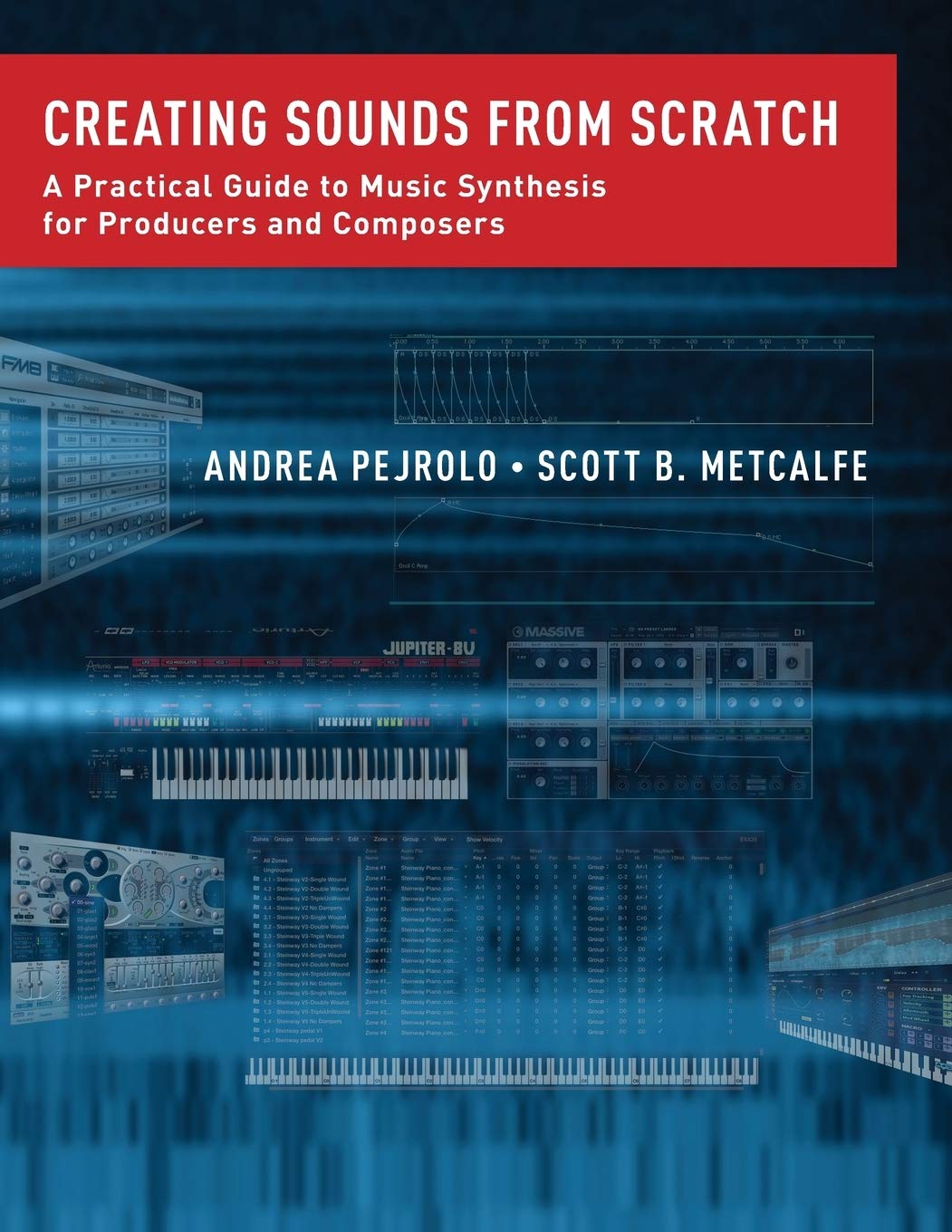
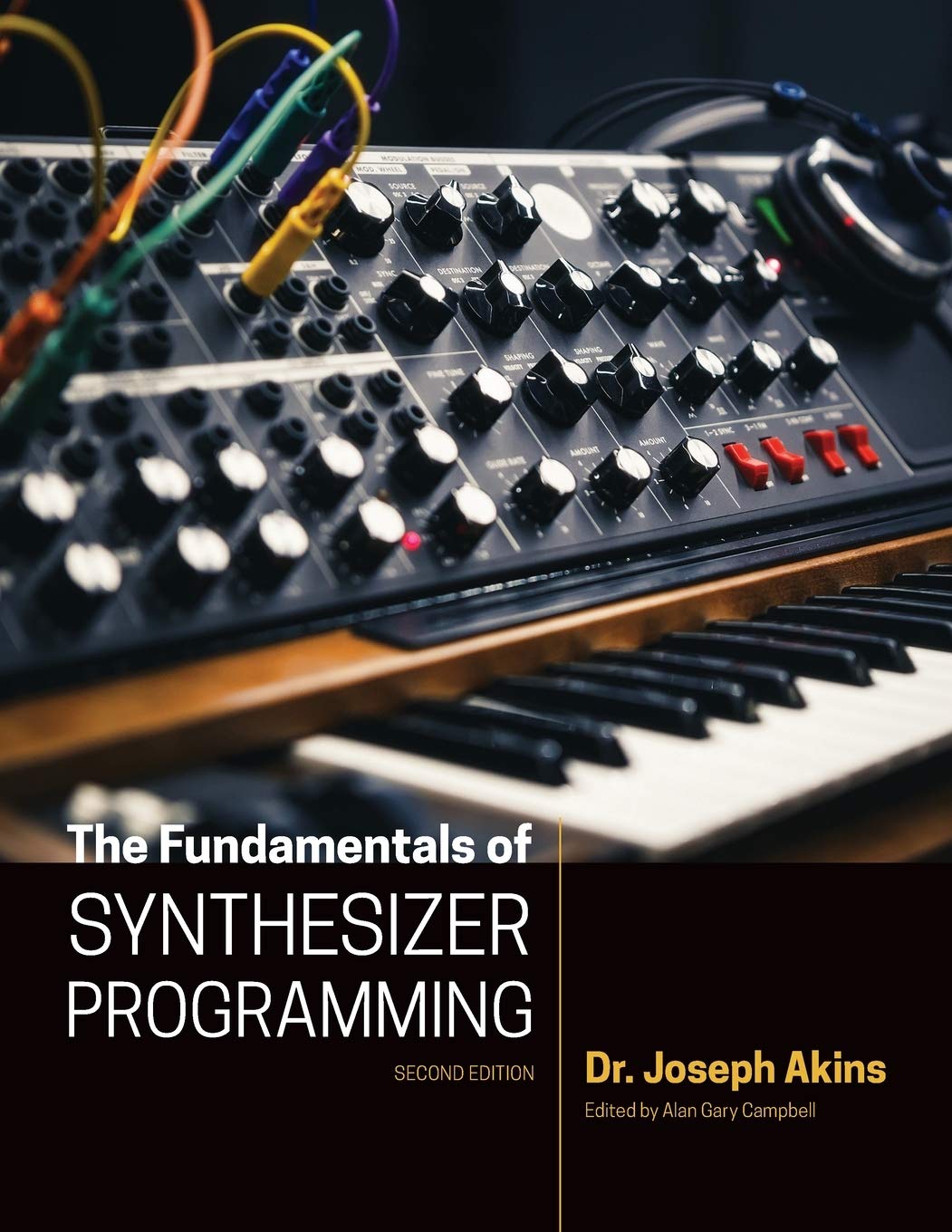

© Matrixsynth - All posts are presented here for informative, historical and educative purposes as applicable within fair use.
MATRIXSYNTH is supported by affiliate links that use cookies to track clickthroughs and sales. See the privacy policy for details.
MATRIXSYNTH - EVERYTHING SYNTH













© Matrixsynth - All posts are presented here for informative, historical and educative purposes as applicable within fair use.
MATRIXSYNTH is supported by affiliate links that use cookies to track clickthroughs and sales. See the privacy policy for details.
MATRIXSYNTH - EVERYTHING SYNTH





















